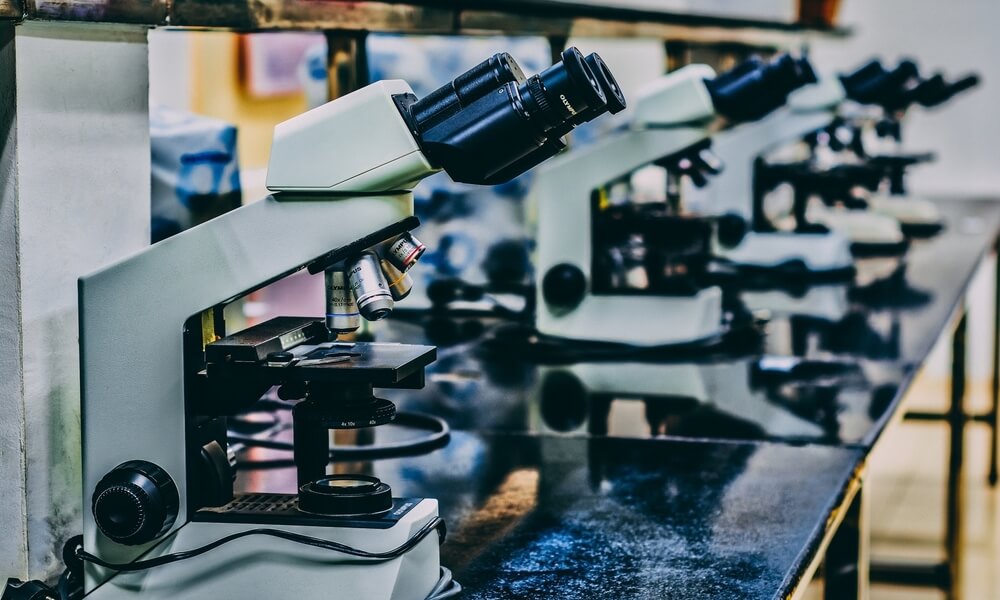Sculpteo and Fluigent join forces to accelerate the microfluidics revolution thanks to 3D printing
Posted By Amandine Richardot on Apr 18, 2018 | 0 comments
Innovation has always been at the core of Sculpteo’s identity. That’s why we decided to partner with Fluigent, as part of the Holifab project, with ten other partners, in order to accelerate the development of microfluidics. This is a major project which received 7.1 million euros from the European Union, as part of the Horizon 2020 European project. What’s this new challenge all about? Discover it right now!
Microfluidics, what is it?
Microfluidics is a revolutionary concept: you manipulate fluids at a scale of microns, which helps to analyze them. Its applications are numerous. Indeed, microfluidics can, for instance, detect cancer, identify bacterias in food, or even analyze the quality of water. There’s also another great advantage to it: it makes it possible to run numerous experiments at the same time, with a micro-laboratory. As a result, this technology is very interesting for a wide range of scientists. But it still is at a research step.
Fluigent and Sculpteo team up to industrialize microfluidics thanks to 3D printing
In order to accelerate the development of microfluidics, Fluigent and Sculpteo team up for an ambitious project. Fluigent, a French startup which produces pumps, valves, tools and other equipment to elaborate microfluidics solutions, is a perfectly suited partner, thanks to their expertise in this field.
Part of the ambition of this project is to push the limits of the precision of 3D printing in order to create high-performance microfluidics chips. Indeed, microfluidics potentially represents a revolution similar to the creation of microprocessors in the world of science, and additive manufacturing clearly has a role to play. That’s what our CEO Clement Moreau explains: “3D printing microfluidics tools will make the manufacturing of these new chips simple and real, which will push technology further, the same way the invention of microprocessors did in 1969.” Additive manufacturing has a true added value for microfluidics because it simplifies the manufacturing of the mandatory equipment: the geometry of the chips and of the canals is different for each application. So the adaptability of 3D printing is a true asset here.
According to France Hamber, CEO of Fluigent: “By giving this agility, this fast-paced execution in high-resolution 3D printing of microfluidics devices, we will be able to offer real laboratories, dedicated to each research field in a very short amount of time. This means gaining years when it comes to the discovery of new vaccines, in the simplification of the detection of diseases, but also in multiple industrial research fields.”
A major European project
Holifab is a major European project. Indeed, the European Commission wants to push further the limits of microfluidics in order to accelerate innovation and to help Europe become the epicenter of microfluidics research. Sculpteo and Fluigent are not alone in this mission: ten other partners such as the CNRS and the Institut Curie are also part of the project, with other European companies.
The Holifab project will last 3 years, but the collaboration between Sculpteo and Fluigent could carry on after that.
Research, at the core of Sculpteo’s innovative identity
Our strong interest for research is not recent. Indeed, we always try to push 3D printing one step further. Did you know, for instance, that we created an exclusive finishing option for your 3D prints which got a patent? The smoothing beautifier can, thanks to a chemical process, create a perfectly smooth surface for your plastic parts. Learn more about this 3D printing finishing option!
Are you interested in innovation in the world of 3D printing? You can signup to receive our newsletter, in order to keep learning more and more on additive manufacturing!


 Connect with Google
Connect with Google Connect with Facebook
Connect with Facebook